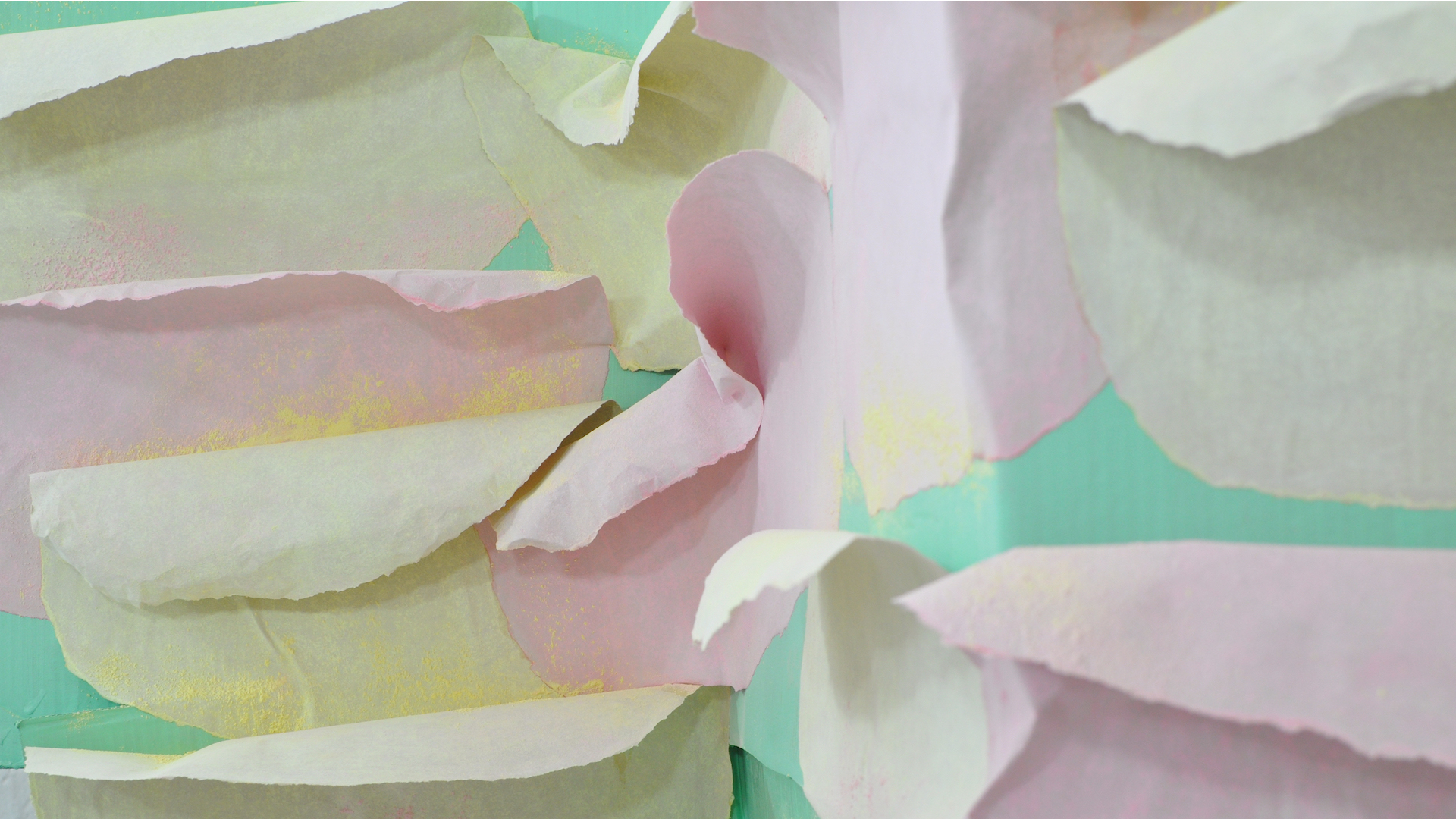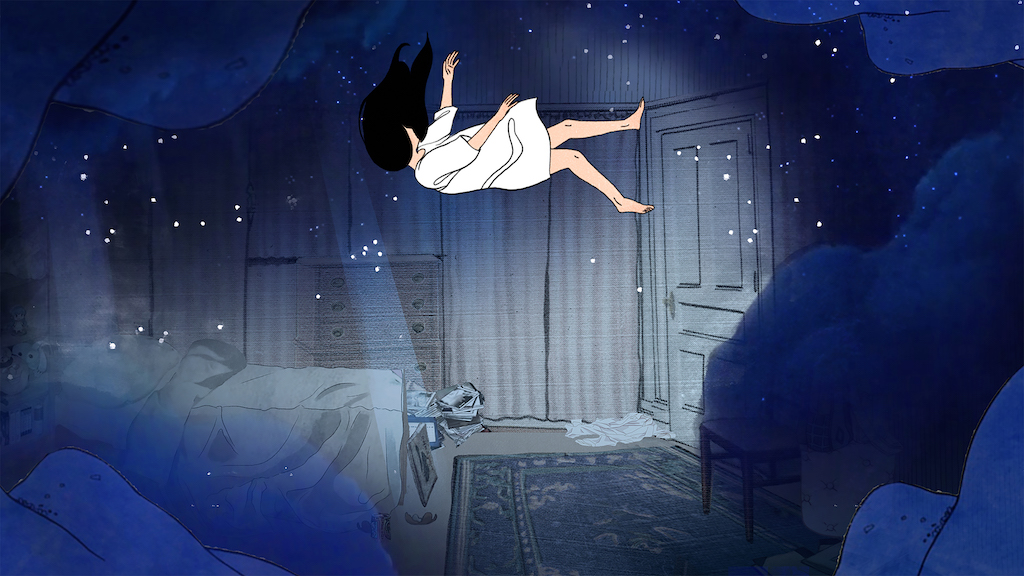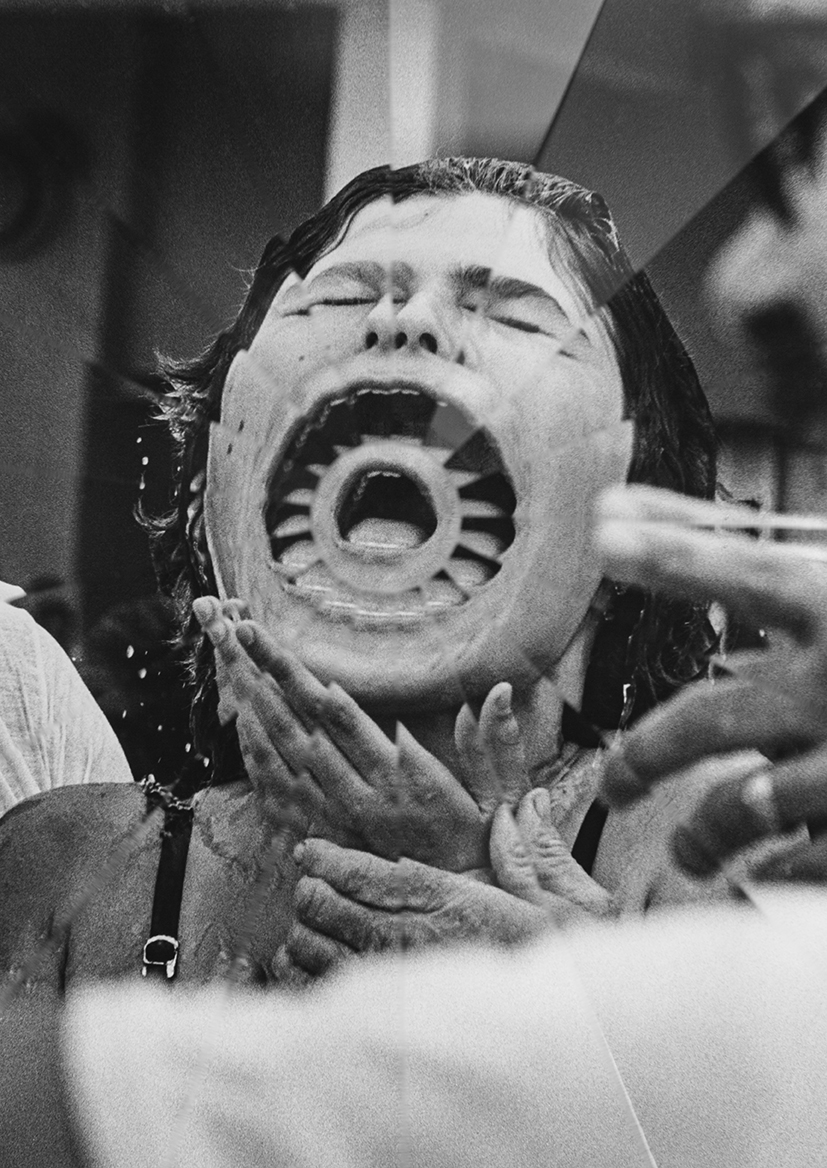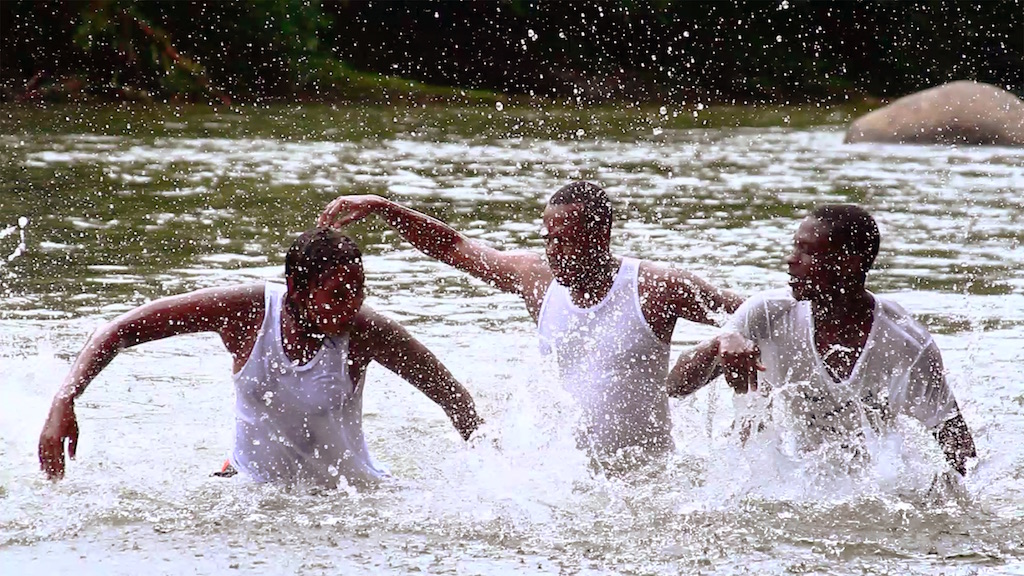Christine Macel

With Christine Macel’s appointment as the curator of the next Venice Biennale, here we are facing something that is quite unusual, twice over. The fact of being a woman is no longer really that unusual because, over the last few years, having women curators at the head of the Biennale has tended to become something “normal”, in the wake of the two Spaniards Maria de Corral and Rosa Martinez in 2005, and the Swiss Bice Curiger in 2013. Christine Macel’s French nationality, on the other hand, represents an extremely rare occurrence, because, since Jean Clair 40 years ago, French curators have been singularly absent from this great forum of contemporary art. Is this a sign of the poor visibility of the French art scene, of the lack of clout of France’s art market or a whiff of French-bashing? The fact remains that this anomaly has been addressed by this appointment. Our French lady is a frequent visitor in La Serenissima, and as such she will re-tread the path of the Giardini, where she has already curated two pavilions, the Belgian in 2007 (Eric Duyckaerts) and the French six years later (Anri Sala). This year, which celebrates the 40th anniversary of the Centre Pompidou, this distinction may also seem like a tribute to the vessel of Rue du Renard, in the person of one its major associates, and it may also remind us of the importance of the museum on the planetary contemporary art chequerboard. The theme of this 57th Biennale involves dealing with artists’ praxes, and shedding light on the values of humanism in art, together with its power to re-invent the world, even if art may not be able to have a direct effect on events.

Rachel Rose, Lake Valley, 2016. HD Video, 8’25. Video still. Courtesy Rachel Rose; Pilar Corrias Gallery, London; Gavin Brown’s Enterprise, New York / Rome.
“Viva Arte Viva” may seem a tad optimistic, like a cool mantra, but it may nevertheless assume a more combative and effective look than lengthy revolutionary professions of faith. Christine Macel calls herself political in her approach, and, in a way, she is just that, but in a less assertive way than some of her precursors, because she introduces unexpected figures such as the Saudi artist Maha Malluh, and the shamans of Ernesto Neto, spreading their “natural” remedies in a West regarded as seriously ill, or else by creating a tension between those two principles which regularly create a contrast within art: the negotium, the part which tends to take up the most room within a globalized art system, and one dominated by commercial values, while the otium, which we too frequently, and simplistically, associate with idleness, is usually treated in a derogatory way—a hierarchy which this curator is trying to deconstruct, but not least by grappling with the sacrosanct system of national pavilions, something which she is proposing to incorporate in the Biennale show, by way of the concept of “trans-pavilions”, a matter of shattering—and not before time—an outdated nationalism which has never been basically questioned by any of her predecessors.

Jeremy Shaw, Towards Universal Pattern Recognition (Bayfront Center Baptism, 1982), 2016. (Detail). Prismatic acrylic, archival photograph, chrome. 38.3 × 43.3 × 16 cm, collection of National Gallery of Canada. © König gallery. Photo: Trevor Good.
Patrice Joly: The biennale that you are about to curate is placed under the aegis of humanism, resistance to sinister forces, and resilience in the face of the dark clouds which are massing and endangering the principles which we believed to be deeply rooted in the heart of democracies. Do you really think that art can do anything against these worldwide trends represented by the comeback of ultra-conservative policies, forms of authoritarianism, and identity issues, including in a Europe that we thought was safe from such threats? Do you think that a biennale, no matter how prestigious it might be, can have any kind of effect on the world and the dramatic upheavals it is undergoing right now?
Christine Macel: Yes and no. Art isn’t going to change the world, it’s not going to sort out issues involving populism, the decline of democracy, and human rights, but it can re-invent the world. Art has always played a central part in this arena, and if I had to give you just one example, it would be that of the revolution of 1789, during which artists and their works were major players involved in that way of thinking—one such being Jacques-Louis David. In such politically troubled moments, art was a place where people invented what the world could be, in terms of tangible action, but also at the speculative level. Art does have a real power, and if it does not represent an immediate recourse to the precise moment when a problem arises, it has an undeniable role to play in the physiognomy of the world. What’s more, the very fact that it exists and is a space of freedom in countries where it can be practiced unrestrictedly, is in itself a source of consolation and hope. For example, in the exhibition, the work of Maha Malluh, who is a female Saudi Arabian artist, makes direct reference to the arguments that are being drummed into women in Saudi Arabia by the fundamentalists, using the tapes which she collects, re-uses, and formats: what is involved here is an œuvre dealing with tangible problems, which, through the mere fact of existing, represents a way out.
There’s also this work by Ernesto Neto for which he is inviting Brazilian Indians to come to Venice because they want to “look after” a West which they think needs help…
Yes, through the impact it can have—an impact that is both perceptible and intellectual—art makes it possible to alter the consciousness of all and sundry, and be projected into the world in a different way. For example, when people are concerned about the democratization of culture, in the best of cases, this is also because we think that a child or teenager living in a world where there is no access to art cannot be projected into this space of freedom, we think they are living in a much less interesting, much less generous and much less attractive world than people who do have access to it. I wouldn’t have wanted to grow up in a world without art. As far as the Huni Kuin are concerned, an Indian people from Amazonia, once again, art isn’t going to save the world. Rather, by inviting them to Venice, Ernesto Neto is trying to show another way of being related to the world. Needless to say, it is not the artist who is forcing them to leave their villages, it’s they who said “as shamans, we feel that the world is sick and we want to do something for you”, because they have their own rituals for putting things right… Subsequent to which, the issue is not so much the effectiveness: intentions often count just as much as final acts, because they give rise to choices.

Ernesto Neto, Paxpa – There is a Forest encantada inside of us, 2014. Installation view, Arp Museum Bahnhof Rolandseck. Photo: David Ertl.
At the hub of your curating concerns you put the practice of artists. Is this a way of responding to the frenzied commodification of the contemporary world, in which the art world is playing a very active part?
The art market has always existed, ever since there’s been art: it’s not the art market per se which is the problem, it’s speculation about highly contemporary art that has shifted the attention on to the commercial value of art rather than art itself; so being interested in the practices of artists means casting an eye precisely where I think it should be, above all, which is to say, on the artist and the works. As a result, there’s a critical dimension in my choices in relation to the matter of the hierarchy of values. And in fact you can read my whole Biennale in a political way, and not just about this issue.
Is the Dionysiac you refer to in your press conference the same one you’ve grappled with in the past, or does this new approach go still further in the definition of a sensibility that we’d glimpsed above all in a very clear-cut way at the time of the eponymous exhibition at the Centre Pompidou?
The Dionysiac is a very complicated notion: in Greek mythology, it’s hard to find a more sophisticated notion, because Dionysius is a two-faced god who moves about between life and death. We never know exactly where he is. He is at once the god of dance, laughter and levity and, at the same time, of an ecstasy which can lead to a kind of madness, especially when women coming into contact with him tear off their clothes and become violent. So it’s a difficult notion to grasp, particularly in the present-day western mentality which is well removed from the Greek concept. What interested me in the conception of the Dionysiac is that you don’t place yourself in a binary opposition—and at the time, furthermore, I think that had been misunderstood, and understood solely as opposed to the Apollonian. In that exhibition, there was a second reading for anyone interested, which was quite clear because we started out from a kind of quest for ecstasy through laughter and amusement, with Gelitin, and we finished with Fabrice Hyber, Kendell Geers and above all John Bock, who glorified the female figure and love, because with Dionysius you’re never very far from Ariadne. Ariadne was a key figure in the Dionysian cult: thanks to her, the god was soothed, it was the meeting of opposite principles which ended up happening. So in John Bock’s film Betonstube, the actress Anne Brochet played the female role, she was in a way the exhibition’s central figure. Everything was thought out like tension between the flux and the limit, the Dionysiac and the Apollonian, the female and the male. The Dionysiac I’m talking about in the pavilion in Venice is something else, it’s about getting outside yourself, through eroticism but also through dance, music and even altered states of consciousness.

Marcos Avila Forero, Atrato, 2014, HD video 13’52. Courtesy of the artist ; galerie Dohyang Lee.
©Marcos Avila Forero
Are you still reckoning on carrying on along the same curatorial track, a track that you’ve been developing and refining with your various shows, or have you made the most of that track to now develop a new concept?
It’s rather the continuation of many preoccupations I’ve had in many projects broaching issues that are connected as much with science and dance as with territories: I think the curator’s work is, as Harald Szeemann put it, governed by two or three obsessions, but that after that there’s life which leads you to lots of different experiences. For me, this biennale is the extension of several chapters I’ve embarked upon at different moments in my life.
How do you explain this primordial place that you give to the book, to the point of talking about chapters to compartmentalize the biennale? Is it because of the fact that you’ve noticed a particular interest among artists in literature, or is it a personal inclination?
I’ve always been interested in literature and the text, at the same time as art. The chapter idea is rather a way of organizing worlds: you won’t be dealing with a classification but with chapters with evocative titles. The exhibition has nothing to do with a book, although books are represented in one of the pavilions: The Pavilion of Artists and Books. The book represents meaning, knowledge and the relationship between the artist and the knowledge that will inform the work. The relation to sense is sometimes ambiguous in the visual and acoustic arts, because of their particularly open meanings. In the biennale, various types of attitudes to the book are represented: some artists, such as John Latham, use it because of the fascination it wields with regard to knowledge, but also in a desire for destruction and plastic appropriation of this object, in order to include it in the form; Irma Blank, for her part, writes books which no longer “make any sense”. Through this interest in books, it is in effect the question of the artist’s relation to sense and meaning that is raised: because the work of art is often presented in a much less intelligible way that something written, there is a question to do with the work and its definition that is posed, the question of the many different meanings which vary with the person looking at the work, even if this is not a definition peculiar to the artwork, because it also applies to literature. Except that with the artwork, we’re not dealing with a language. This is a question that involves me, but one which has also greatly interested artists, from the year dot.
Referring to your book Time Taken, time seems to be one of, if not the greatest of your preoccupations to do with contemporary art, and this can also give rise to paradoxes when you find yourself directing a biennial show: how can a time-frame be brought into something that is evanescently contemporary? Do you get the feeling of having managed to do just that with the selection you’ve made for this 57th Venice Biennale?
“Viva Arte Viva” is a biennale in the present, with artists from all generations. What’s more, in each chapter I wanted there to be more historical stumbling blocks, from the 1960s and 1970s, which trigger a questioning about subjects which are still contemporary, and are being re-visited and re-questioned by younger artists. Lastly, time as a subject at work will in fact be at the centre of the last chapter, the Pavilion of Time and Infinity, which takes the spectator towards more speculative, scientific and metaphysical dimensions, from Bas Jan Ader to Attila Csörgo by way of Alicja Kwade’s research to do with the déjà-vu.
In your view, what will be your major contribution to the structure of the Biennale? Have you tried to upset the arrangement of the pavilions, just a tad?
I’ve raised the issue of national pavilions, which often lies at the heart of the debate, by, it just so happens, using the term ‘pavilion’ for my different chapters, nine in all, which are scattered between the central Pavilion and the Arsenale, to get beyond this issue of national pavilions in order to connect them to the Biennale. As far as I know, this is a first, when the curator gets away from her exhibition to invite the pavilions, by asking the artists of some 85 countries to take part in my three parallel projects: Open Table/Tavola aperta, Artist’s Practice and Unpacking My Library. Tavola Aperta consists in lunches which take place either in front of the central Pavilion or in the Arms Room of the Arsenale: on each occasion, an artist is invited to have a conversation with the public around a lunch, in an informal and convivial way. Each Tavola Aperta is accessible by streaming on the Biennale’s website. For its part, the Artist’s Practice project got underway on 7 February, with a video made by each artist about his/her world, and their activities, and put online every day on the Biennale’s website. I’ve invited all the pavilions to take part, and the result will be on view in two exhibition rooms, in the central Pavilion and in the Arms Room. Last of all, in the Stirling Pavilion, located in the Giardini, there will be a library of books chosen by the “Viva Arte Viva” artists, and from all the pavilions. This is really the idea of making the exhibition and the pavilions just one entity, around the artists, and I hope that this will lend another tone to this biennale.
- From the issue: 81
- Share: ,
- By the same author: Claire Le Restif, Bouchra Khalili, Sophie Legrandjacques, Sophie Lévy, Wilfried Huet / GAGARIN,
Related articles
Céline Poulin
by Andréanne Béguin
Émilie Brout & Maxime Marion
by Ingrid Luquet-Gad
Interview with Warren Neidich
by Yves Citton


